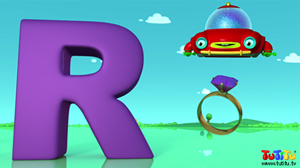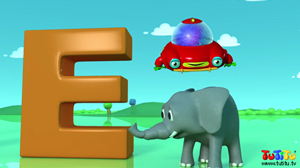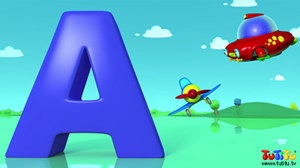Reading is one of the most important tasks kids are expected to master in the first decade of life. Being able to read well can significantly improve children’s experience of school, open up new paths to explore interests, and even give kids a self-esteem boost.


 What can parents do to support kids in the early stages of literacy learning? How do you help your child to become a confident and successful reader?
What can parents do to support kids in the early stages of literacy learning? How do you help your child to become a confident and successful reader?
First and foremost, remember learning to read is not a “one size fits all” process. Every child is different. It’s not about how fast your child can learn to read, or how she compares with the neighbors’ kids.
Raising a reader is about building a foundation for a lifelong habit. Be careful not to create an atmosphere in which your child will associate reading with feelings of anxiety and disappointment.
Implement the ideas in this list only if and when you feel they are appropriate for your child’s needs and abilities. Be patient. And most importantly – don’t forget to have some fun along the way!
Step 1: Be a Better Reader
Take a look at your home. What do you see? Are there books lining the shelves, or is the TV screen the center-piece of your family room?
Kids constantly look at the world around them for clues as to what is of value, and what isn’t. If you want your kids to grow up to be avid readers, you need to create an environment that fosters and celebrates reading. Nothing will inspire a toddler’s desire to learn to read more than a parent who reads often.
Show the kids how you feel about reading by taking them to visit the local library, or visiting great libraries on family vacations. Talk about a book you’ve read at meal time. Give books as presents. Place their books in a special place that says “these are important”. Set up a special time in the day where the entire family enjoys “reading time” – each with his or her own book. Read to them. Read with them. Read for yourself. Read. The kids are watching.
Step 2: Learn Letters Together
Familiarizing kids with the ABC early on can help make them feel more at ease in the later stages of the learning journey. One simple way to make written materials a part of your child’s daily life is to decorate the children’s room with items that contain letters. These will entice children’s curiosity, and give you an opportunity to answer questions and practice letter recognition in a casual, natural way. Some other ways to introduce children to the ABC include ABC videos for kids, Alphabet books, ABC songs, crafts, and games.
Step 3: Practice Phonics
Knowing the shapes and names of letters is only the beginning. Next, children must learn to associate each letter with the correct sound. Parents can help build a foundation for decoding skills by talking to kids about the different sounds each letter makes.
Use alphabet videos, books and educational games that introduce letters along with objects that begin with the relevant letter sounds. Talk about letters and sounds, and point them out in your every day activities. When your child has a basic understanding of letter sounds, you can start exploring how to put these sounds together to create simple, short words with strong positive meaning, such as “mom”, “dad” and the child’s name.
Step 4: Seize those Sight Words
Sight words are the words most commonly used in children’s books and other print materials. Emerging readers are encouraged to memorize these words and be able to recognize them by sight, with no further decoding (hence the name).
Sight words make up such a large percentage of the texts young children encounter, that memorizing them can actually make a big difference in how easily and fluently young children, who are still developing their decoding skills, can read. Additionally, many of these words have unusual spelling patterns, which makes them harder to “sound out” and decode using simple phonics.
Many lists of sight words are available online, and they are often categorized by difficulty level. However, you don’t need to resort to flash cards to help your child learn sight words. Try incorporating sight words learning into fun games like bingo or match games, or challenge your child to look for sight words in the books you are reading together.
Step 5: Make it Memorable
For adults, reading is usually a solitary activity. Young kids, however, mostly experience reading in the context of parent-child interaction. This is excellent news. In today’s world, any time kids get to spend with their often-too-busy parents is a treasured gift. If some of that time is spent reading, that activity will likely also become a treasured experience.
Try making reading a bedtime story into a sacred ritual of sorts. Dim the lights, take a deep breath, and put thoughts of the messy post-dinner kitchen out of your mind. Enjoy this special time when it’s just you, your child, and a book. Chose books you both enjoy. If your child is too young to quietly sit through a book, forget about the text. Look at the pictures, talk about them, make up your own stories. Have fun. Create memories.
Doing something that’s not on this list and you think is helpful?
Tell the world in our comment section!